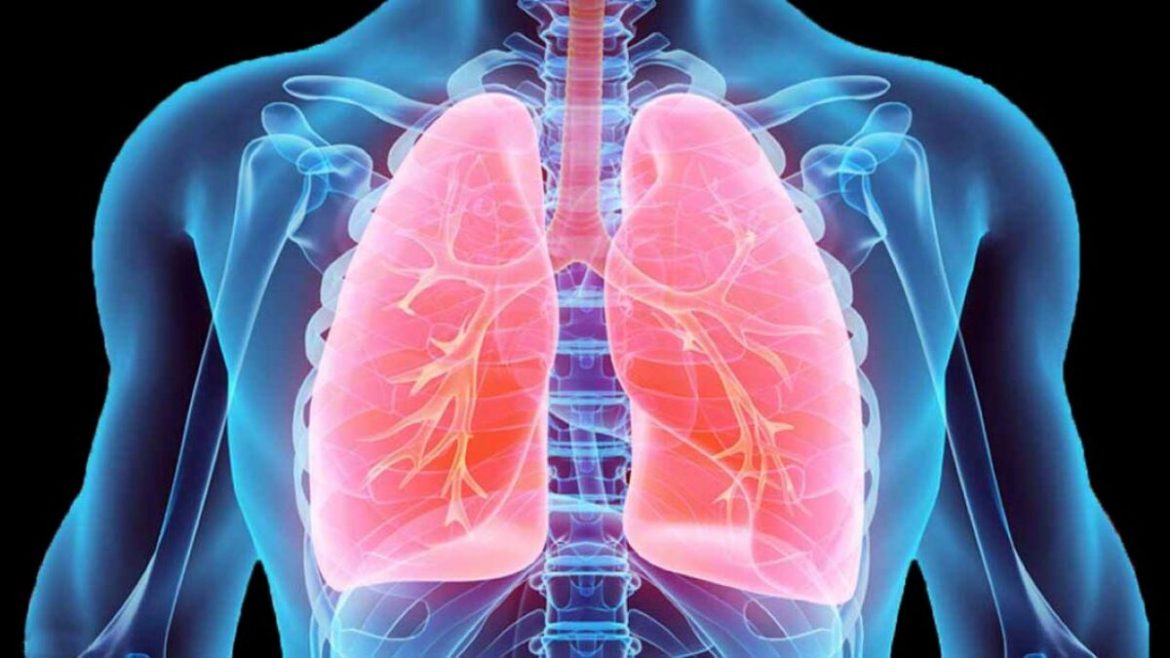Pacemakers are life-saving medical devices that are used to control and correct abnormal heartbeats of various types. The little device is placed in the chest to keep the heart’s rhythm continuing, but it regulates the heartbeat in a far different way than the natural heartbeat.
Scientists are going to test a new device that more exactly mirrors this natural timing, and the “revolutionary” pacemaker is now scheduled to be trialled in New Zealand this year, following successful animal trials.
A team of researchers led by Julian Paton from the University of Auckland developed a “bionic” pacemaker called Cysoni, a device that responds to the body’s signals in real-time. This device would monitor respiration and alter heart rate accordingly rather than ticking along at a constant rhythm.





